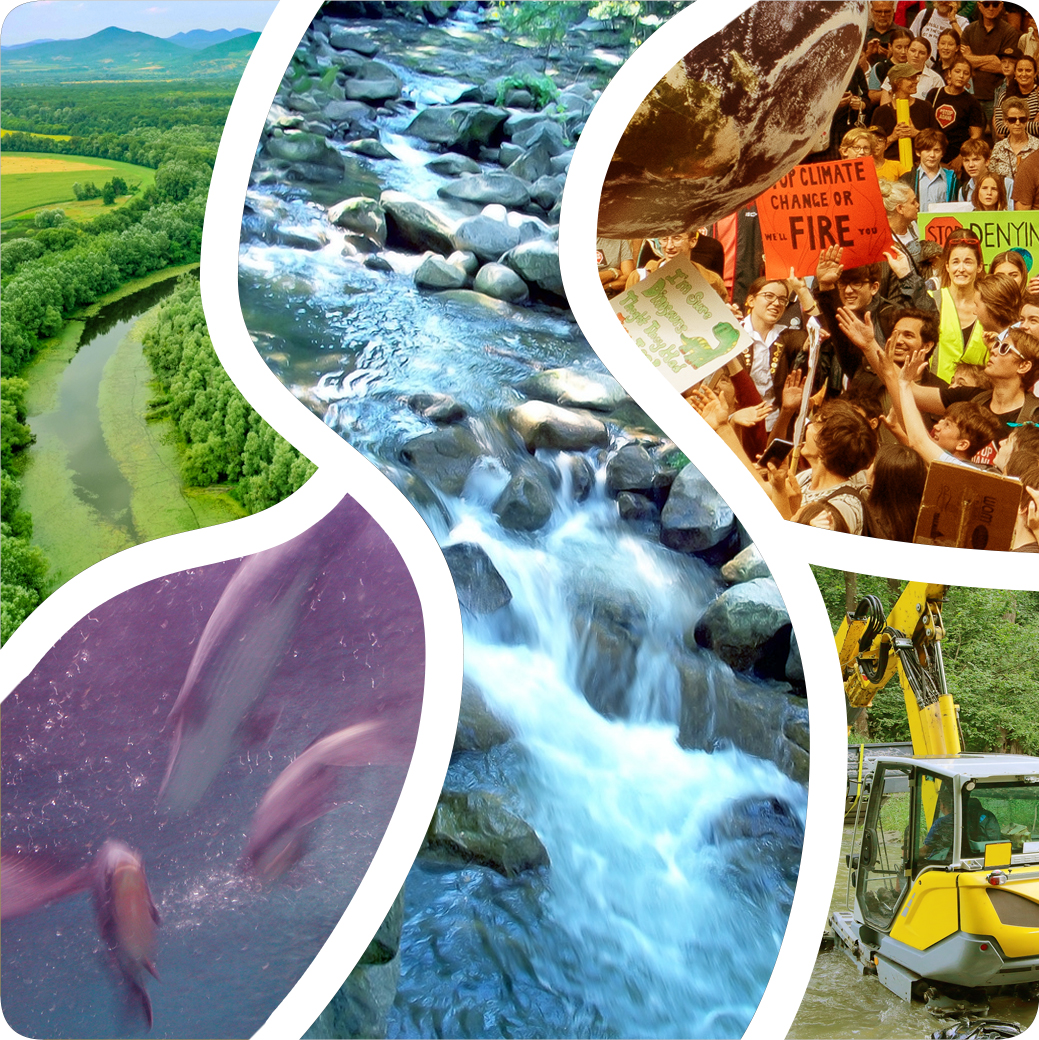Jasmin Sadiković was selected as a Recreating Freshwater Showcase for his leadership in the DRAVA LIFE project—Croatia’s first large-scale freshwater restoration initiative, which spanned an exceptional nine years. As project coordinator, he played a central role in managing one of the most ambitious restoration efforts in the region, funded through the EU LIFE programme.
Sadiković highlighted that a key challenge was overcoming institutional and ideological divides among stakeholders. Achieving consensus required sustained dialogue, compromise, and joint technical innovation. The involvement of international consultancy firms with experience in EU-funded restoration projects was critical in bridging knowledge gaps and aligning diverse priorities.
Beyond technical and engineering measures, the project placed strong emphasis on awareness-raising and stakeholder engagement. This included public events, educational programs in schools, and community outreach to communicate the co-benefits of restoration—such as improved flood protection, enhanced fish spawning habitats, and more resilient landscapes.
Although the process was long and at times difficult, Sadiković emphasized that the ecological outcomes—such as the creation of new habitats and an increase in species richness—made the effort deeply rewarding. His advice to others pursuing similar work is to remain persistent, flexible, and committed, noting that success in long-term restoration depends not only on technical solutions but also on trust-building, cross-sector collaboration, and belief in the shared value of restored ecosystems.




